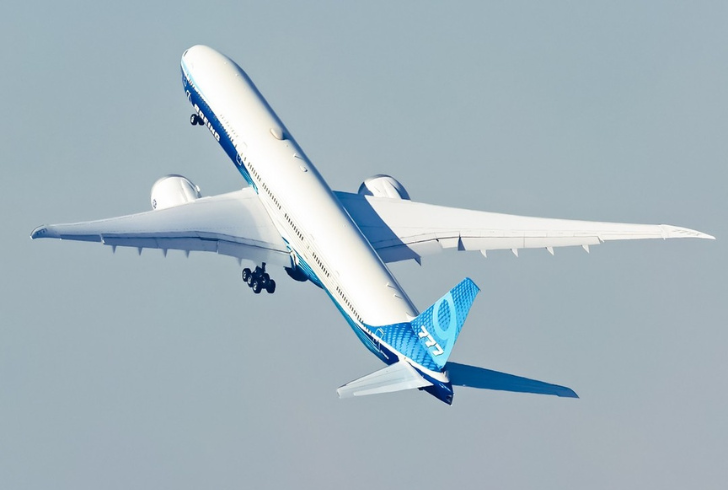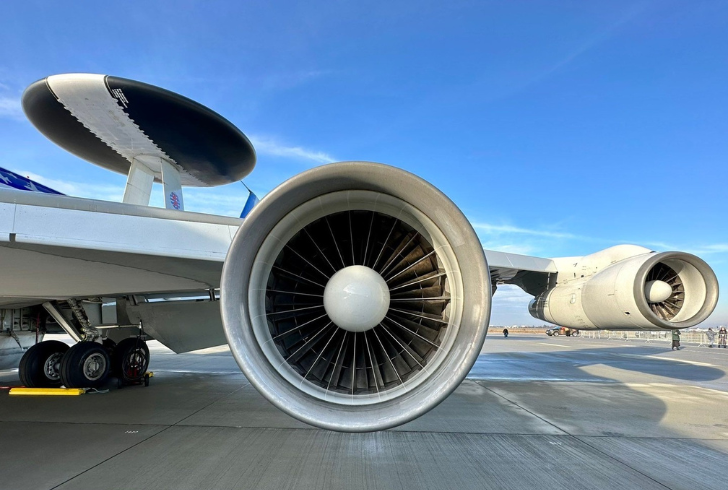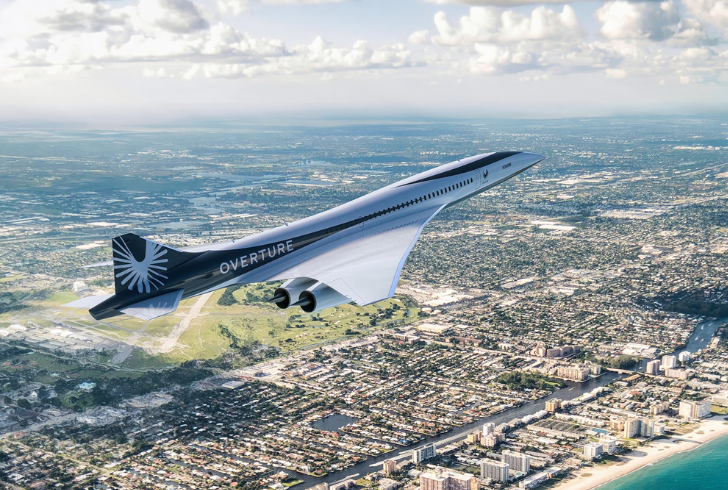Commercial jet airliners are marvels of engineering, hurtling through the sky at incredible speeds that make you marvel. Have you ever wondered how fast does a plane travel and just how quickly these giants of the air can go?
Let's take a deep dive into the world of aviation speeds, where precision and efficiency meet the thrill of high-speed travel.
Understanding How Fast Does a Plane Travel
When it comes to jet travel, speed is more than just a number—it's a carefully calculated balance between efficiency, comfort, and safety. Most commercial planes operate within a speed range of Mach 0.74 to Mach 0.85 during cruise, translating to approximately 480 to 575 mph (770 to 930 km/h). This optimal cruising speed ensures that passengers reach their destinations swiftly while maintaining fuel efficiency.
A Look at Popular Jet Models

Instagram | b777xlovers | The efficient 777 cruises at Mach 0.84, reaching speeds around 560 mph (905 km/h).
Let's break down some specific speeds of popular commercial jets that crisscross the skies daily:
- Boeing 747: This iconic jumbo jet can cruise at speeds up to Mach 0.85, zooming along at around 570 mph (920 km/h) at its optimal altitude.
- Boeing 777: Known for its efficiency, the 777 maintains a brisk Mach 0.84, averaging about 560 mph (905 km/h) during flight.
- Airbus A320: With a cruising speed around Mach 0.78, the A320 comfortably reaches speeds of about 515 mph (830 km/h), making it a workhorse of short to medium-haul flights.
- Boeing 737: Depending on the model variant, the 737 ranges from Mach 0.74 to Mach 0.79, translating to speeds between 490 and 525 mph (790 to 845 km/h).
- Airbus A380: Holding the title of the world's largest passenger aircraft, the A380 speeds through the skies at Mach 0.85, matching the 747 at approximately 570 mph (920 km/h).
Factors Influencing Airplane Speed

Instagram | dependableengines | Jet engine advancements are pivotal in determining aircraft cruising speeds.
Beyond the inherent capabilities of each aircraft model, several external factors can influence the speed and efficiency of commercial flights.
1. Altitude and Atmospheric Conditions
The altitude at which a plane flies significantly affects its speed. Typically, commercial aircraft fly at higher altitudes where the air is thinner, reducing drag and allowing for faster speeds. Atmospheric conditions such as jet streams can either boost or hinder an aircraft's ground speed, irrespective of its airspeed.
2. Engine Efficiency and Design
Advances in jet engine technology play a crucial role in determining an aircraft's maximum cruising speed. Modern engines are designed for optimal fuel efficiency and performance, enabling higher speeds while maintaining operational reliability.
3. Aircraft Weight and Payload
The weight of an aircraft, including passengers, cargo, and fuel, impacts its speed capabilities. Lighter loads generally allow for faster cruising speeds, whereas heavier loads may require more fuel consumption and reduce overall speed.
4. Air Traffic Control and Route Planning
Flight routes and air traffic management also influence the speed at which airplanes can travel. Pilots adhere to designated flight paths and speeds set by air traffic controllers to ensure safe and efficient navigation through airspace.
The Future of Air Travel

Instagram | boomsupersonic | Advancements in aviation technology are pushing speed and efficiency boundaries, with concepts like supersonic travel.
Looking ahead, advancements in aviation technology continue to push the boundaries of speed and efficiency. Concepts like supersonic travel, which aims to reduce travel times even further, are being explored. However, balancing speed with economic and environmental considerations remains a challenge for the industry.
The next time you board a plane and wonder how fast does a plane travel, remember the intricate balance of technology, physics, and engineering that makes it all possible. Whether cruising at subsonic speeds or contemplating the future of air travel, the speed of planes continues to fascinate and inspire awe, reflecting humanity's relentless pursuit of progress in the skies.




